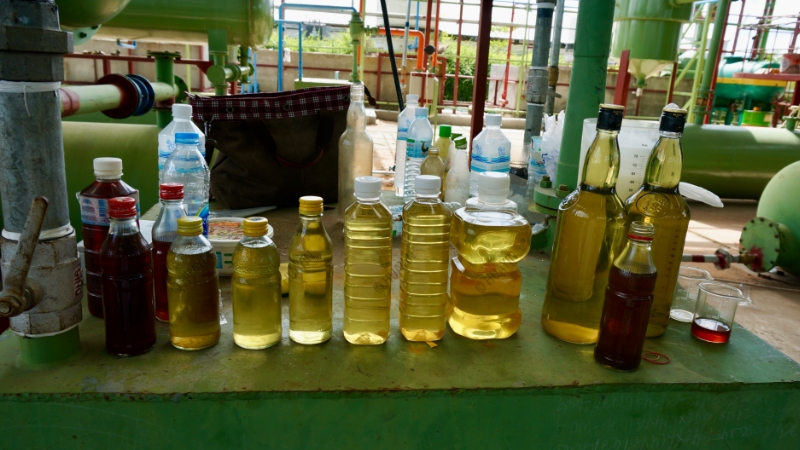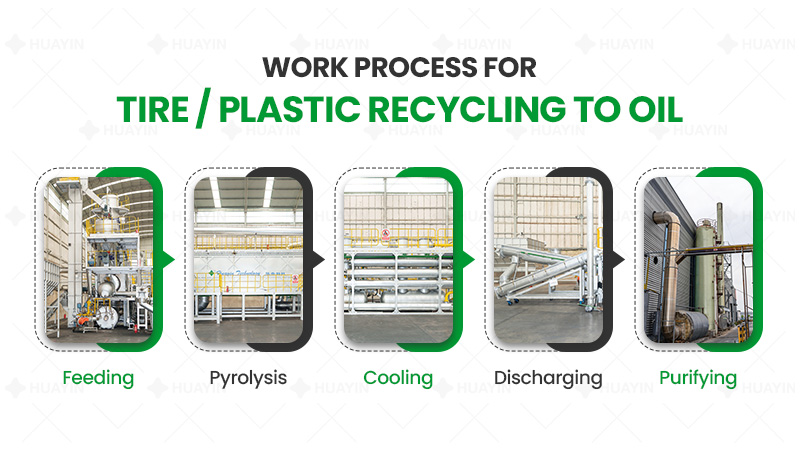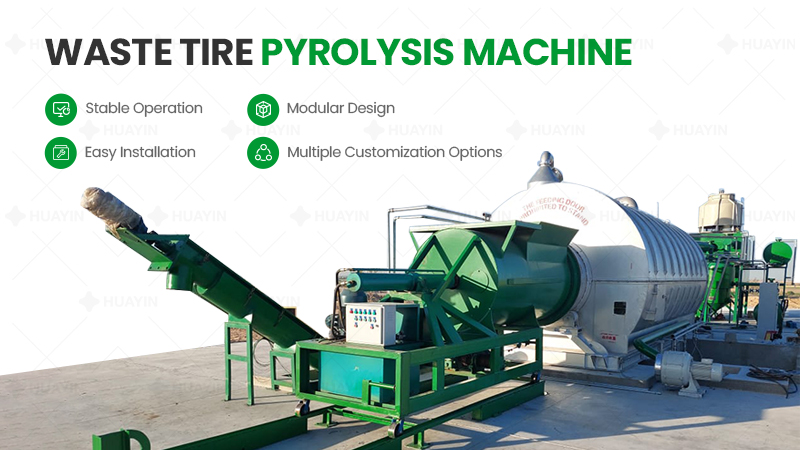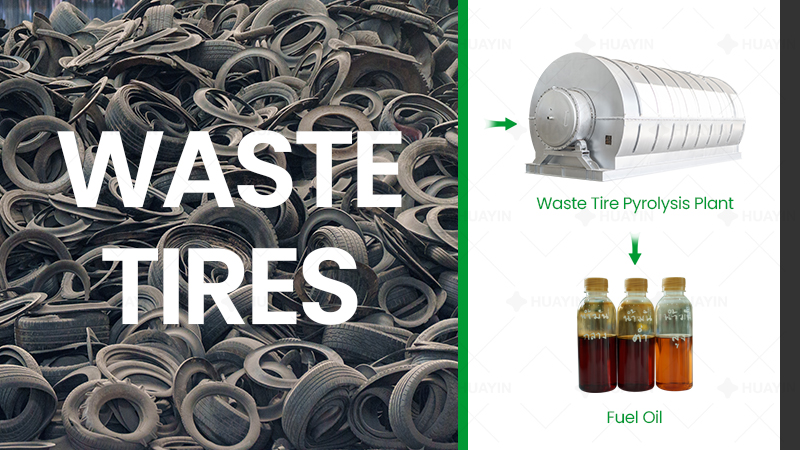
Converting plastic into fuel can be done through a process called pyrolysis. Pyrolysis involves heating plastic without oxygen, causing it to break down into smaller molecules, including gases, liquids, and a small amount of solid residue. Here’s a general overview of the process:
The waste plastic is fed into a pyrolysis reactor. The reactor is heated to high temperatures, in the absence of oxygen. This prevents the plastic from burning and instead undergoes thermal decomposition.
The oil gas produced during pyrolysis is cooled, causing it to condense into a liquid form. This liquid obtained is mixed fuel also known as furnace oil.
Some solid residue, often called carbon black, may remain after pyrolysis. This residue can be further processed or used as a source of carbon or fuel.
As the plastic heats up, it breaks down into gases, such as methane, ethane, propane, and hydrogen, along with some carbon monoxide and carbon dioxide. These gases are collected and can be further refined into useful fuels.
It’s important to note that while pyrolysis offers a way to convert plastic waste into usable fuels, there are challenges and considerations to address, including:
Environmental Impact: The process must be carefully managed to meet the emission standards.
Economic Viability: The economics of plastic-to-fuel conversion depend on factors such as feedstock cost, energy inputs, and market demand for the resulting fuels.
Regulatory Compliance: Depending on the location, there may be regulations governing the operation of facilities that convert plastic into fuel, particularly regarding emissions and waste management.
Feedstock Selection: Not all types of plastic are suitable for pyrolysis.
Plastic-to-fuel technology has the potential to address both plastic waste management and energy needs. Please feel free to contact us if you need more information!



